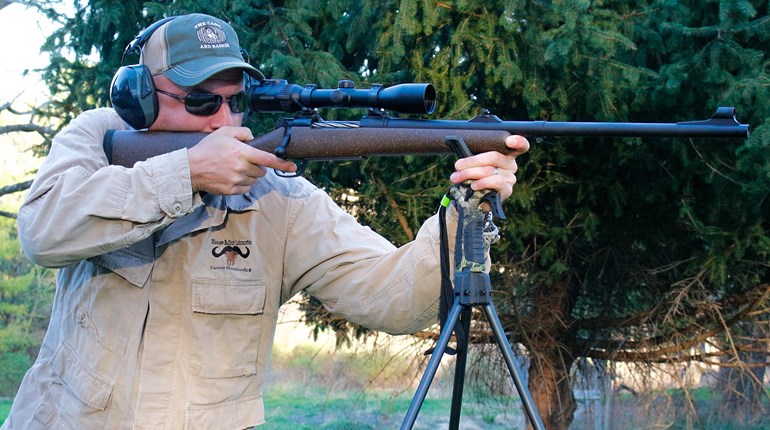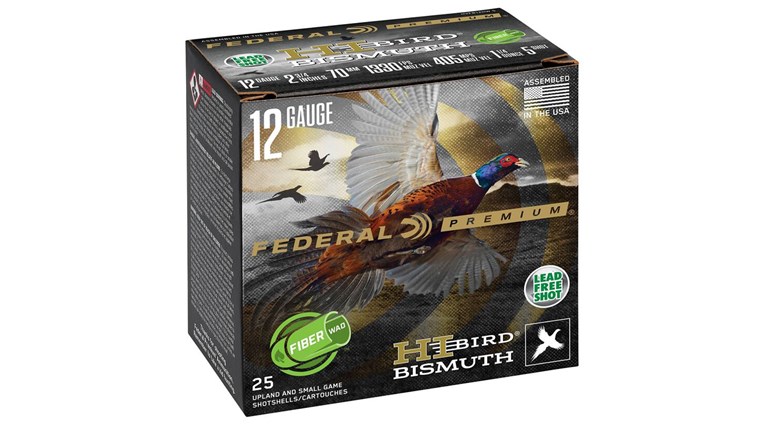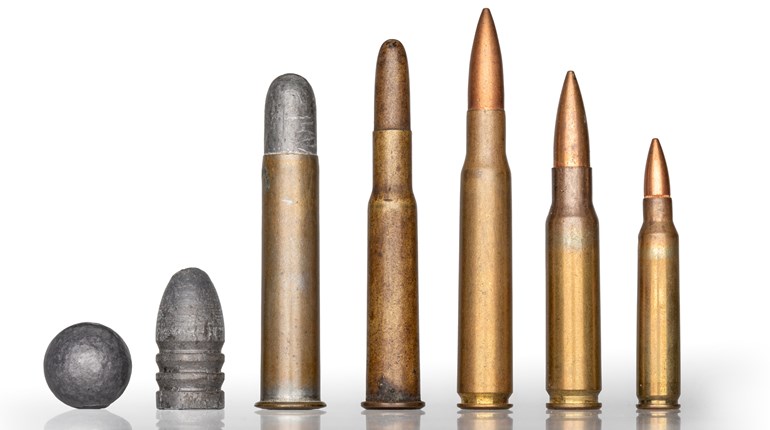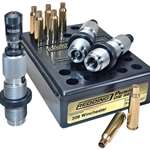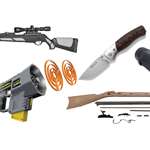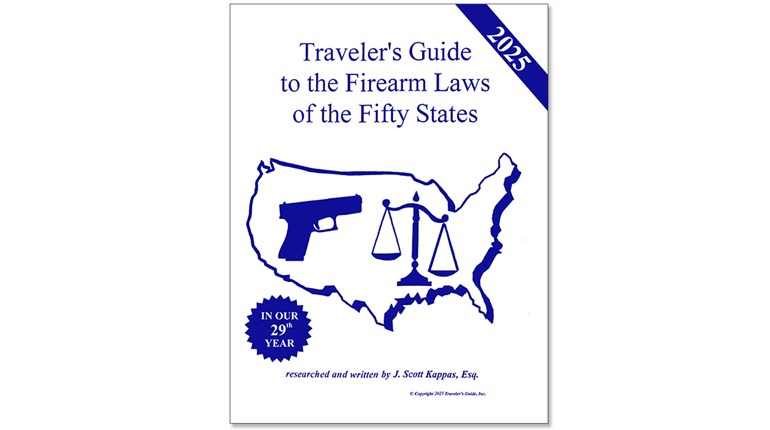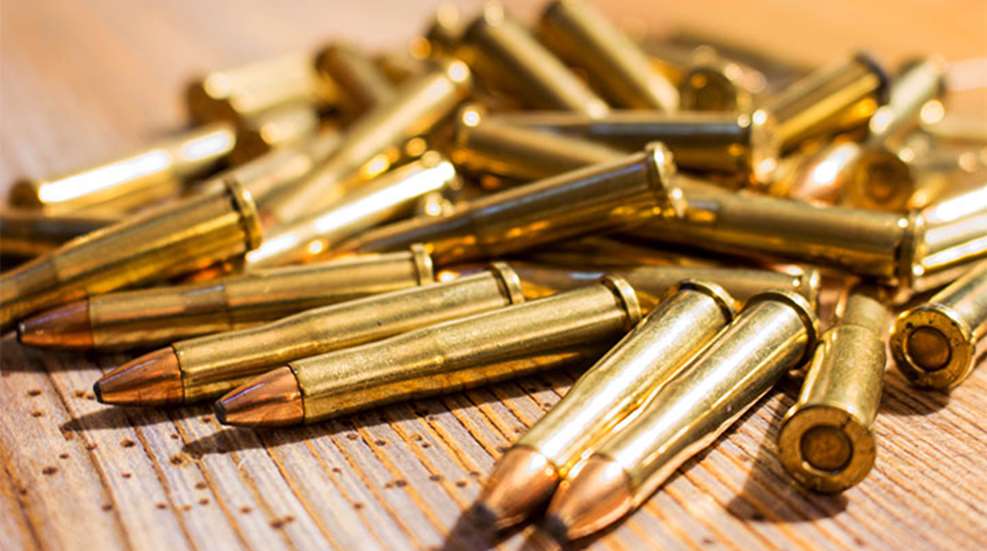
“David Miller stood right here, leaned on the corner of the dairy barn, and killed that woodchuck just beyond that big cedar, where the white car sat for years.” I’ve heard the story a million times, and every time my dad, Ol’ Grumpy Pants, and I talk about varmint and predator rifles this story comes up. The dairy barn, or what’s left of the milk house, sits in my father’s yard, part of what was Miller’s farm, and the shot was about 225 yards; a considerable distance for the mid 1960’s, considering the optics of the day. The rifle was a well-worn Savage bolt-action, and the cartridge was the .22 Hornet.
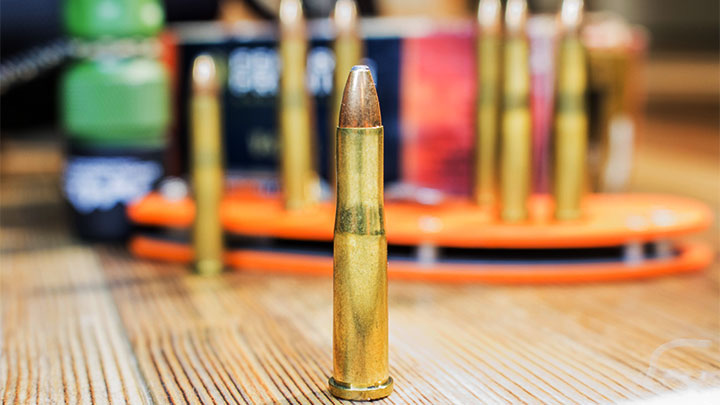
Developed by a group of very talented ballisticians at the Springfield Armory—including Col. Townsend Whelen—in the late 1920s, the .22 Hornet, in its current guise, was first produced by Winchester in 1930. The Savage Model 23-D became available in late 1932, followed by the Winchester Model 54 rifle in early ’33. It was the first commercial high-velocity centerfire cartridge designed for varmints, predators and small game animals, and it drives a 45-grain bullet to just about 2650 fps, sometimes a bit more, sometimes less depending on the manufacturer.
It's a rimmed cartridge with a length of 1.403 inches, and a slight shoulder measuring 5 degrees 38 minutes. In a good rifle, the Hornet feeds like grease, and offers a wonderful shooting experience. The little cartridge has virtually no recoil (especially when compared to the larger varmint cartridges like the .223 Remington and .22-250 Remington) and will give excellent accuracy. It is not a speed demon, nor does it possess the flat trajectory that the later-developed smallbore cartridges do. Though Winchester released their own pair of varmint cartridges in 1937—the .218 Bee and .219 Zipper—neither had the accuracy of the Hornet. It was extremely popular, as its report was mild, yet the performance of the cartridge surpassed the appearance. The introduction of the .220 Swift in the mid ‘30s showed the shooting world the meaning of velocity, though it came at a price: the barrels of that era didn’t deal well with the heat generated by the huge case, and throat erosion was a challenge. The mild velocity of the Hornet means that a barrel will last a lifetime.
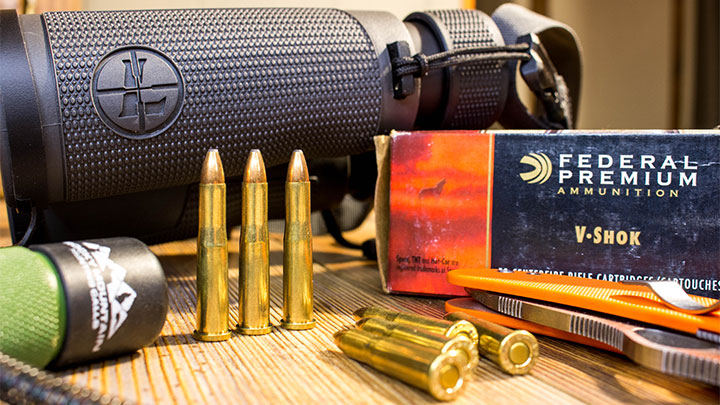
Unlike the larger-cased .22-caliber centerfires, the .22 Hornet usually runs on bullets weighing 45 grains or lighter, though I have good success with 52- and 53-grain bullets in handloaded ammunition. Additionally, those lighter bullets tend to be round nose or semi-spitzer in profile, which doesn’t exactly aid in a flat trajectory or retained energy. For example, Hornady loads the 45-grain Spire Point in the Hornet, at a muzzle velocity of 2665 fps. Using a 200-yard zero, you’ll see 13-inches of drop at 300 yards, with the bullet retaining 231 out of the original 710 ft.-lbs. of energy; the Hornet loses steam out beyond 150 yards, and by 200 is beginning to peter out. But inside that distance …
The light-for-caliber bullets will certainly bump up the speed at the muzzle, but just as in the larger caliber cartridges, sectional density and ballistic coefficient play a definite role in the downrange performance. Hornady’s 35-grain V-Max load starts out at 3100 fps, for 747 ft.-lbs., an increase over the 45-grain load, but when zeroed at 200 yards will drop 17 inches at the 300-yard mark, yet only has 99 ft.-lbs. at that mark. In spite of the lower muzzle velocity, the heavier bullets offer a flatter trajectory and retain more energy. But no matter what, the .22 Hornet is a short range cartridge, in comparison to the .223 Remington and .22-250 Remington, and definitely in comparison to the .22 Nosler and .224 Valkyrie.
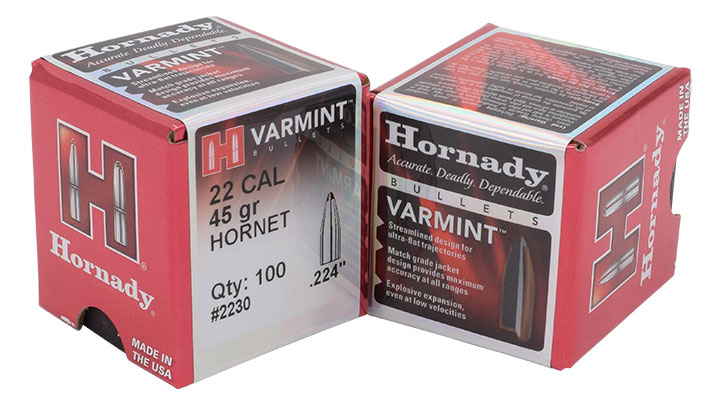
As I said, inside that distance … within 100 or 150 yards, the .22 Hornet is an absolutely wonderful cartridge to shoot and hunt with. Coyotes, foxes, woodchucks, prairie dogs, skunks, possums, et al. will fall quickly to a well-placed .22 Hornet bullet. And I know quite a few hunters who use the Hornet for head shots on whitetail does, putting them down quickly when the shot is properly placed.
It can be housed in a handy little rifle—there are many enthusiastic fans of the Ruger No. 3 single-shot—and it is a nice diversion from the loud report of the larger-cased varmint cases. And I've found that in a proper rifle the Hornet can be wonderfully accurate, which is another part of the cartridge’s appeal. In this world of cartridges designed to hit targets in the next zip code, the challenge and pleasure of getting closer has an allure all its own.
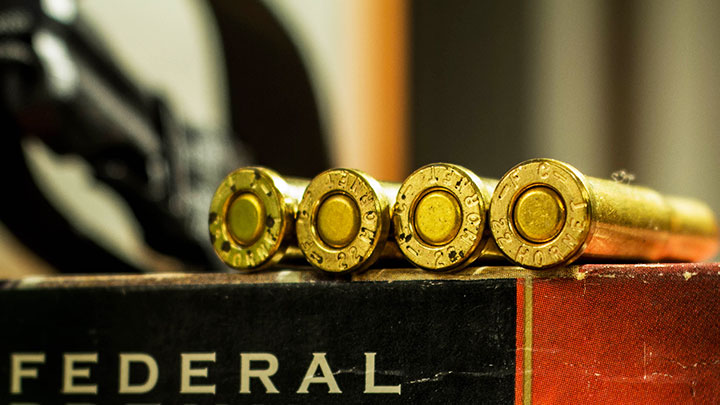
The .22 Hornet turns 90 this year, and with a wide selection of factory ammunition from companies like Hornady, Federal, Remington, Winchester, Nosler and Browning, your rifle will remain well-fed. I love the .22-250 Remington, and have spent time with the .222 and .223 Remington, as well as the .218 Bee, but there is definitely something special about the .22 Hornet, and I hope that 90 years from now shooters are still smiling over the little cartridge.
Looking for previous installments of our "Behind the Bullet" series? We've got you covered.
• .280 Ackley Improved
• .240 Weatherby Magnum
• .458 Lott
• .264 Winchester Magnum
• .348 Winchester
• .33 Nosler
• .260 Remington
• .30-30 Winchester
• .416 Rigby
• .358 Norma Magnum
• .22 LR
• 7mm-08 Remington
• 8mm Remington Magnum
• .338 Federal
• .224 Valkyrie
• .338-06 A-Square
• 9.3x62mm Mauser
• .257 Weatherby Magnum
• .45-70 Government
• .300 H&H Magnum
• .25-06 Remington
• .30-06 Springfield
• 6.5 Creedmoor
• .300 Remington Ultra Magnum
• 7mm Remington Magnum
• .470 Nitro Express
• .280 Remington
• .300 Winchester Magnum
• .270 Winchester
• .222 Remington
• .45 ACP
• .404 Jeffery
• .44 Remington Magnum
• .41 Remington Magnum
• .243 Winchester
• .338 Winchester Magnum
• .357 S&W Magnum
• 6.5-284 Norma
• 8x57 Mauser
• .38 Smith & Wesson Special
• 7x57mm Mauser
• 9 mm Luger
• .35 Whelen
• .454 Casull
• .375 H&H Magnum
• .45 Colt
• .22-250 Remington
• 10mm Auto
• .308 Winchester












